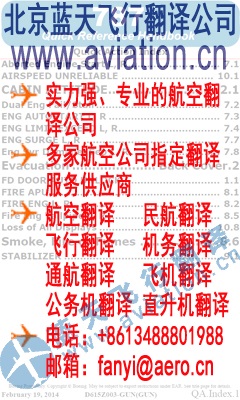|
To view this page ensure that Adobe Flash Player version 9.0.124 or greater is installed. For 0.83D helidecksor below, where the items above will be inside the 1D obstacle free surface, it is recommended that the maximum heightabove the landing area should not exceed 6 inches.Check newregs2”. 2.0LimitedObstacle SectorAhelideckmay have a 150°Limited Obstacle Sector (LOS). The Diagram at Figure 1 shows the extent of the two segments of the 150°LOS and how these are measured from the center of the(imaginary) ‘D’Circle and from the perimeter of the FATO. This diagram assumes that the ‘D’Circle perimeter and FATO perimeter are coincidental. On a 0.83Dhelideckwhere the FATO and D circle are not coincidental, the LOS will be measured from the edge of the D circle, notthe edge of the FATO.Within the 150 LOS out to a distance of 0.62, measured from the center of the FATO (hatched area in Figure 1), objects shall not exceed a height of 0.05 D above the FATO. Beyond that arc, out to an over-all distance of 0.83D, the limited obstacle surface rises at a rate of one unit vertically for each two units horizontally, as shown in Figure 2. Obstacle Free Area –Below Landing Area LevelIn the immediate vicinity of thehelideck, obstacle protection shall be provided below the heliport level to consider the possibility of helicopter loss of height due to power unit failure during the latter stages of the approach or early stages of take off.This protection shall extend over an arc of 180°with the origin at the center of the FATO, with a descending gradient having a ration of one unithorizontally to five units vertically from the edges of the FATO within the 180°sector, as shown in figure 3 below. This descending gradient may be reducedto a ratio of one unit horizontally to three vertical within the 180°sector for multi engine helicopters operated in performance classes 1 or 2. 2.0GeneralHelideckmarkings are used by pilots to obtain a final pre-landing confirmation that the correcthelideckis being approached and safemanouverinformation for obstacle clearance. It is therefore VITAL that thehelideckmarkings are maintained in the best possible condition, regularly re-painted and kept free of all visibility-reducing contaminants.Helideck owners/operators should ensure that specific inspection and re-painting maintenance procedures and schedules forhelideckmarkings take account of the importance of their purpose. 2.1HelideckFATO/TLOF/Safe Landing Area MarkingThe final approach and take off area (FATO) is a defined area over which the final phase of the approach to hover and landing is completed and from which the take-off maneuver is commenced. The touchdown and lift-off area (TLOF) is a load bearing area on which a helicopter may touch down or lift off. For an offshorehelideckthe FATO and TLOF are considered coincidental. The safe landing area (SLA) is the CAP 437 term for the same area. |




